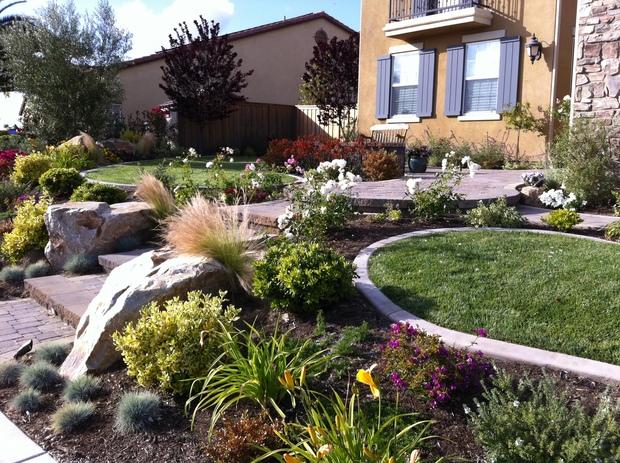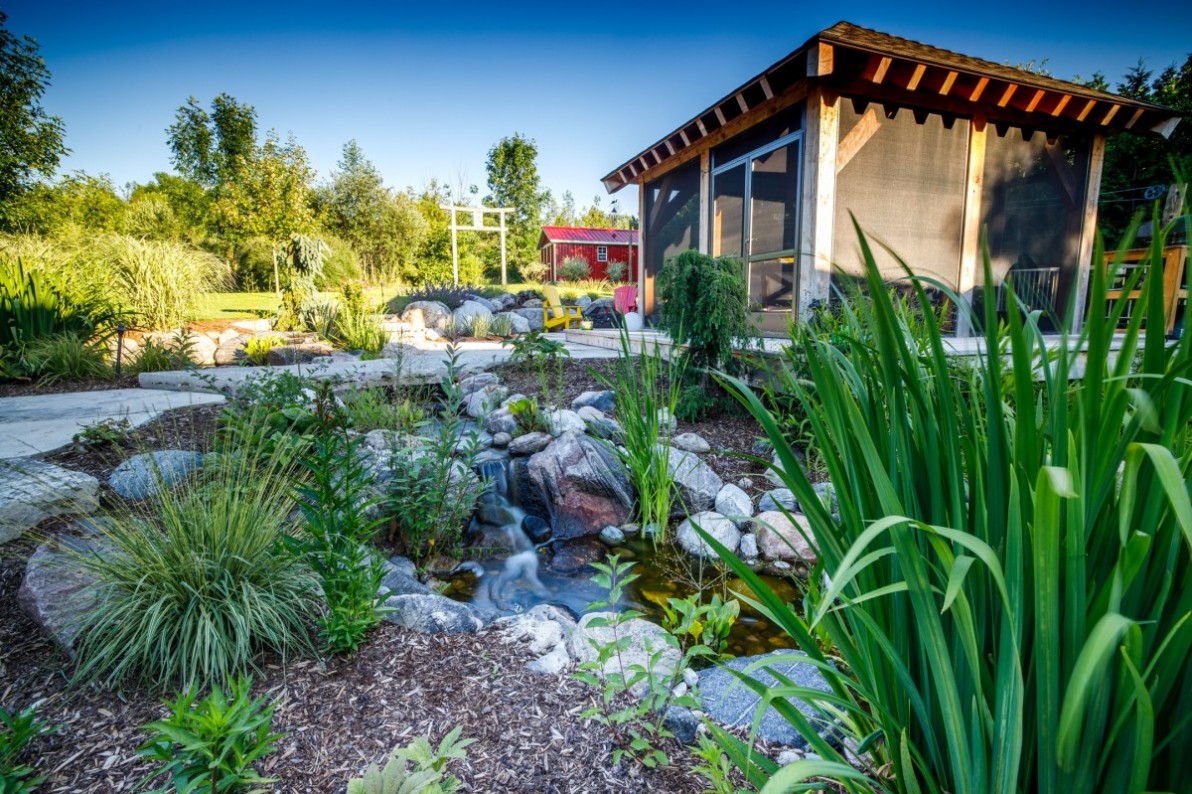All about Landscapers
All about Landscapers
Blog Article
Indicators on Landscapers You Should Know
Table of Contents4 Simple Techniques For LandscapersThe Ultimate Guide To LandscapersAbout LandscapersNot known Incorrect Statements About Landscapers Landscapers Can Be Fun For EveryoneAn Unbiased View of Landscapers
- A yard feature where water is represented by an aggregate rock product, usually a crushed rock or granite. These are most commonly located in modern-day and Japanese yard design.- A stone or flagstone outdoor patio, path, or sidewalk constructed without a concrete base. The base would certainly be compacted crushed rock and the joints would certainly be an accumulation or walkable ground cover. - A rock preserving or free standing wall surface constructed without the use of mortar. - An underground framework that accumulate water and enables it to slow percolate into the soil around it.
Landscape style that is suitable with a sites' setting in both appearance and sustainability without negative effects to the atmosphere. Bordering in the landscape is a line of separation that produces aesthetic interest in the yard by dividing one sector from one more sector.
Areas can also have a feeling of "unit" given by trees, other growings, fences, or screens. The landscape near the entrance to a building.
How Landscapers can Save You Time, Stress, and Money.

The component in a landscape style or area in a landscape that is meant to be most famous. The focal factor can be a plant, boulder, sculpture, gathering space, or other landscape attribute. A style of gardens or garden elements that emphasize straight lines, best angles and circles. Shrubs or shrubs found in beds near the foundation of a home or various other framework.

The 7-Minute Rule for Landscapers
Rock item, either rounded or fractured, that is reasonably small- normally 1" or much less. Low plants that are enabled or encouraged to spread over an area. Can refer to any kind of "hard" garden aspects including statuary or rocks but a lot of typically is used to describe paths, patios, and walls.: Height distinction in between the level of water in a pond (or the degree of the pump if it rests outside the fish pond) and the top electrical outlet of water which impacts efficiency of the water pump in gph (gallons his comment is here per hour). Dense shrubs or trees that form a fence, display, or limit.
Fence boards that run horizontally, typically used in modern-day or Japanese-inspired landscape designs. Correct usage of fictional lines can aid the landscape really feel attached to the home and other components.
Conventional PNW landscapes are informal. A plant that spreads more than wanted, or right into habitats where it does damage.
Examine This Report about Landscapers
Smart irrigation controller evaluations and suggestions below. 2-D rendering of the recommended watering system. Can include head positionings and insurance coverage, pipe sizing, GPM specifications, and products needed to install this system. An irrigation plan is normally unnecessary for homes yet prevails for industrial projects. Certified specialist that creates landscapes, schooled in design and architecture along with in gardening.
The professional who plans and develops landscape tasks, typically at a residential or tiny commercial level with the significant layout catalyst on plantings. Landscape developers generally have much less education than Landscape Architects and are not accredited. A finished landscape design, describing all aspects for the new landscape. This generally takes the kind of a drawing on paper.
Using many plantings of the exact same range to fill in a location in the landscape. This can reduce maintenance and water use in the yard.
A layer of compost or bark dust applied at the base of a plant. A plant that was existing in a geographic place prior to people started transforming the landscape.
3 Easy Facts About Landscapers Explained
Just how the yard or a garden element is organized in connection to an existing or new function or to an instructions. Keeping a lawn without making use of chemical herbicides, pesticides, or fertilizers. Lawns that are not mowed but expanded in landscapes as perennials. This is a partly open sided leisure or recreation location that adjoins a residence, utilized for enjoyable, outside eating and just appreciating the outdoor atmosphere.

Tiny round gravel. Plants that offer seasonal passion and after that pass away back in the winter. Annuals do not come back the following season, address but perennials do. Cold season yard that is the most usual lawn grass in Rose city, OR et cetera of the PNW.An open roofed framework over a patio or other landscape function.
The most common landscape dig this gravel in the PNW. Area of the landscape created to manage rainfall water till it can saturate into the ground.
Structure made from timber, concrete, leading rocks, blocks or various other materials for maintaining slopes and protecting against extreme erosion. Narrow gutter. Developing a yard feature being composed largely of rocks with plantings that complement and can prosper in the rough setting. Lawn sprinkler head design that rotates a stream of water across an area.
Some Known Incorrect Statements About Landscapers

Report this page